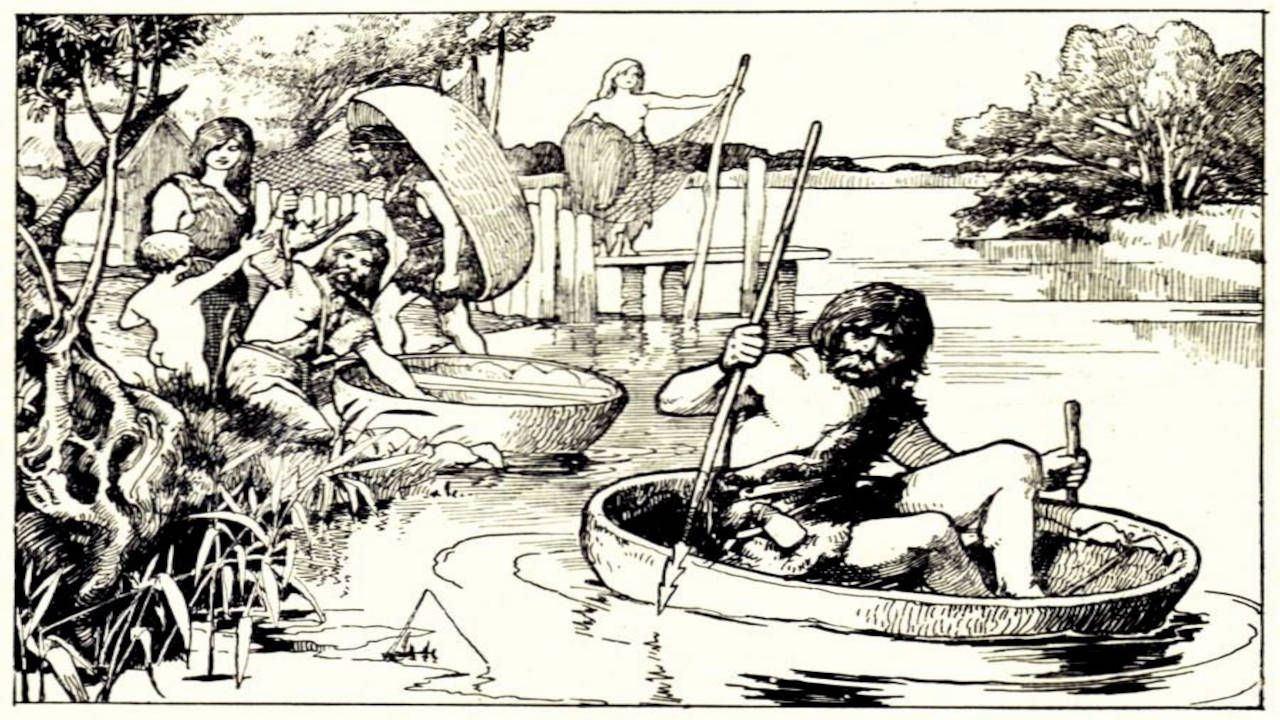








... the use of coracles shows their adaptability to different environments
Yes, Vikings did use coracles, though they were not as widely associated with Viking seafaring culture as the famous longboats or drakkars. Coracles are small, round boats, traditionally made of wicker or wood and covered with animal hides or waterproofed with tar. They were used by various cultures around the British Isles and the Irish Sea, including the Vikings, particularly in areas where larger vessels like the longboats were impractical. Viking Use of Coracles
While Viking longships were the iconic vessels used for raids, exploration, and trade across vast seas, coracles had a more specialized role, particularly for river navigation or fishing. In Ireland, Wales, and parts of Britain, the Vikings used coracles to navigate small rivers and estuaries. These boats were ideal for such areas because of their small size and lightweight design, which allowed for easy maneuvering in shallow waters.
Some archaeological evidence suggests that the Vikings would have used coracles in the coastal regions of the British Isles and Ireland, especially in river-based travel and perhaps in more inland settings. Viking settlements in these areas likely adopted the practice of using coracles alongside their larger ships.
Coracles vs. Longships
Longships: Designed for long-distance travel and warfare, the Viking longship was a large, fast, and seaworthy vessel, ideal for both raiding and exploration. Coracles: On the other hand, these were much smaller, single-person boats, ideal for short trips, river journeys, or fishing. They were also light enough to be carried by one person, allowing for easy transport over land when needed.
Conclusion
Although Vikings are most famous for their longboats, the use of coracles shows their adaptability to different environments. Coracles were not the primary vessels for raids or long voyages but were likely employed in specific contexts, particularly in riverine and coastal settings.